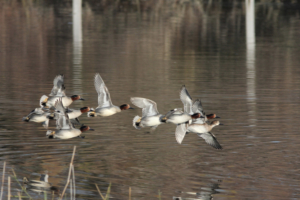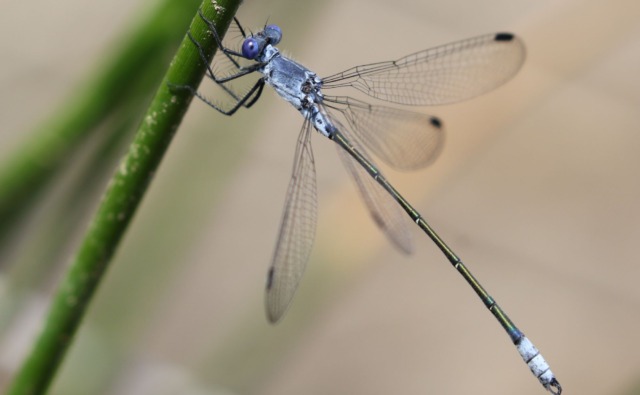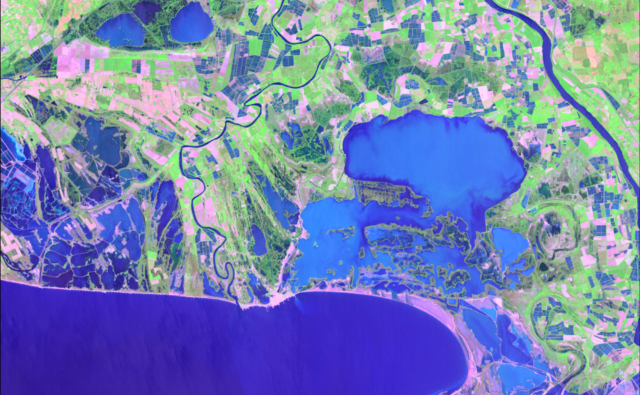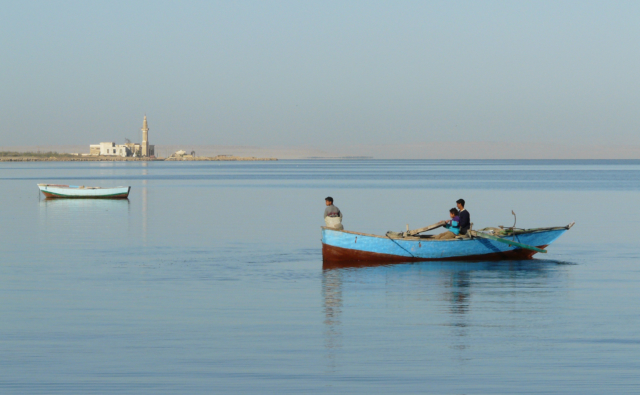Cet article, récemment publié dans la revue Biodiversity and Conservation et basé sur la thèse de doctorat de David Vallecillo, étudie l’influence de la gestion des zones humides sur l’évolution de la distribution des remises diurnes des sarcelles en Camargue (France). Il met en évidence les changements dans la localisation des remises principales au cours des 35 dernières années. L’effectif sur un site donné entre deux saisons d’hivernage décroit avec la salinité mais augmente avec la superficie du plan d’eau et la disponibilité en gagnages potentiels avoisinants. Ces résultats soulignent l’importance des stratégies de gestion localisées et leurs implications pour la conservation des oiseaux d’eau face au changement climatique.
Vous pouvez le retrouver sur le portail documentaire de la Tour du Valat.

Résumé:
Explaining changes in waterfowl distribution and abundance is requested by wetland managers for a better understanding of their population dynamics and habitat use. The objective of this study was to assess the influence of interannual changes in wetland management, both through direct data and proxies, on the distribution dynamics of Teal day-roosts in the Camargue, a large wetland complex in southern France. We constructed a state-space model accounting for a conditional detection probability by aerial observers during duck counts, since changes in observers have a strong influence on variations in detection probability. First, we showed that the distribution of Teal day-roosts within the Camargue delta has changed over the last 35 years. Second, on a sub-sample of 18 years, we showed that annual changes in Teal abundance depended on salinity and open water area at the day-roost, and on the availability of potential feeding grounds surrounding the day-roost (available wetland area within 5 km). No association was detected between changes in Teal abundance and changes in the typology of wetland hydrology, or with changes in site protection status (i.e. hunted to protected). Our results reinforce the importance of considering management at the scale of functional units, by considering the complementarity of nocturnal feeding areas (mainly hunted areas) specifically managed for waterfowl, and diurnal roosts (mainly nature reserves, which have high conservation value for other animal and plant species). A good understanding of the factors affecting the localisation of waterfowl day-roosts is becoming more important in the context of climate change, which is likely to redistribute local birds with rising sea levels and increasing salinity in wetlands.
Référence bibliographique : Vallecillo, D., Guillemain, M., Bouchard, C. et al. Influence of changes in local environmental variables on the distribution and abundance dynamics of wintering Teal Anas crecca. Biodivers Conserv (2023). https://doi.org/10.1007/s10531-023-02713-9



